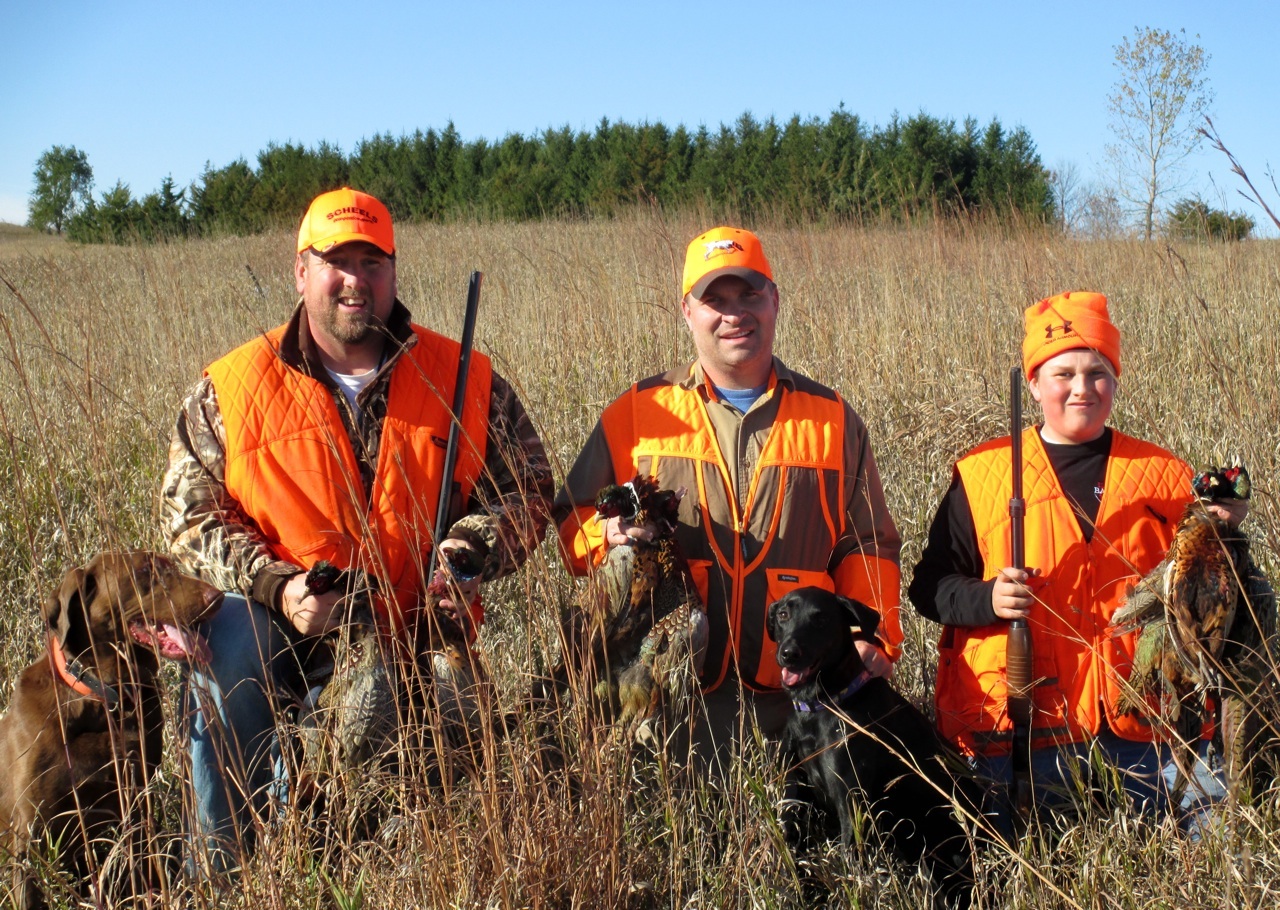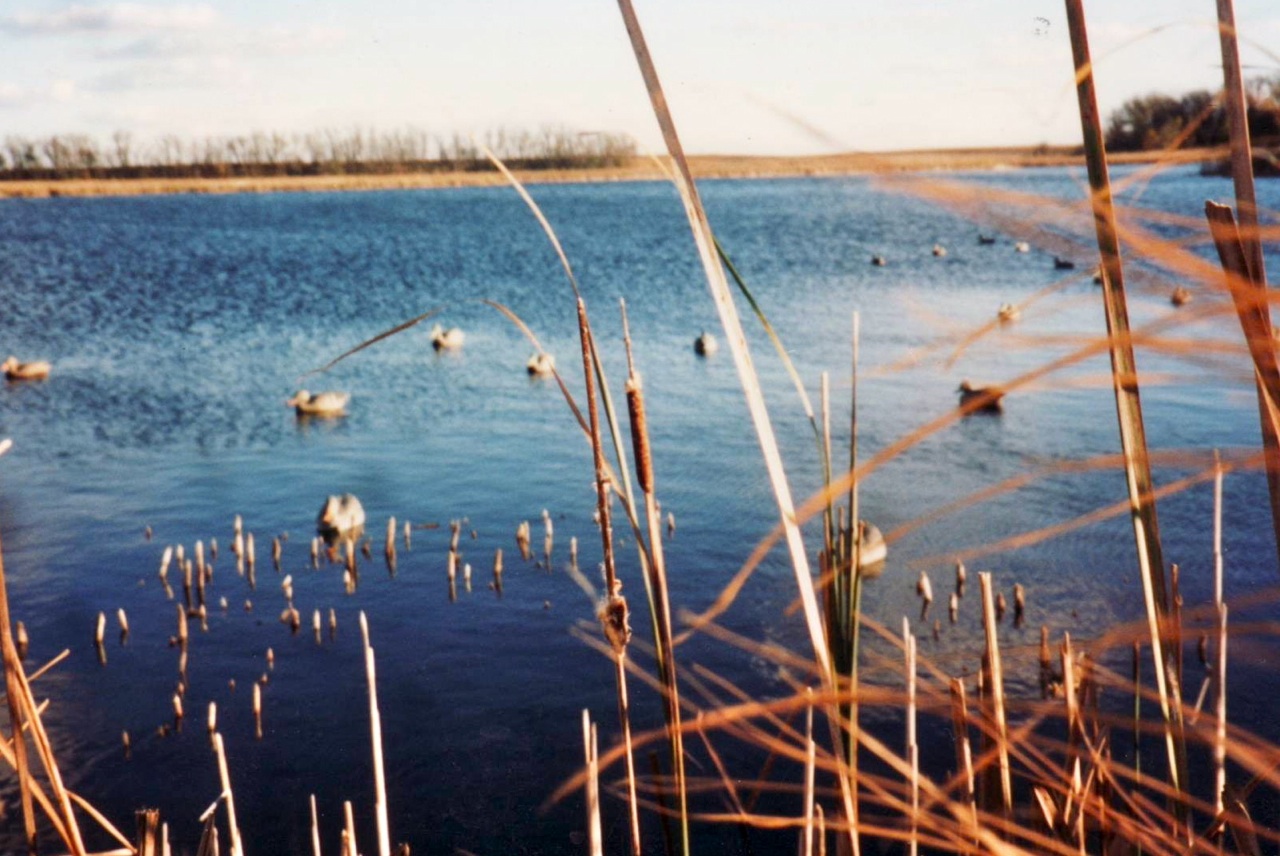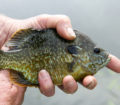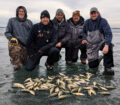By Steve Weisman
Iowa’s furbearer trapping and hunting season began this past Saturday, November 2. Mike Mazur, owner of Northwest Iowa Fur Exchange located in the back of Kabele’s Trading Post in Spirit Lake looks for the fur market outlook to be good. “The fur market has become a global market with China being the largest buyer.” says Mazur. “The world weather helps to drive prices and demand. If the winter is cold, then the price of fur is good. However, if the winter is warmer than normal, then the demand and prices drop.”
Mazur notes that he has seen a lot more people taking up trapping with record sales for trapping supplies occurring this year.
According to Vince Evelsizer, furbearer biologist for the Iowa Department of Natural Resources, the number of fur harvesters varies with the fur market and as the fur market outlook continues to be very good, more fur harvesters will participate. “We’ve gained about 2,000 trappers per year each of the past three years,” says Evelsizer. He expects the increase in trappers to continue, surpassing 19,000 last year.
Trapping Forecast
Mention the word “trapping,” and muskrats come to mind. However, for the second year in a row, their numbers are really down says Mazur. “They are a cyclic animal with an 8-10 year cycle. Last year’s drought really hit the muskrat population hard. Even though we have more water this year, their numbers remain down. I’m hearing this from Minnesota and South Dakota, too.” At the same time, there are still some areas that hold trappable numbers of muskrats, so he does expect to still have trappers bringing in some muskrats.
The harvesting of raccoons is also at the top of the list. However, Mazur thinks the raccoon harvest will also be down. “The raccoon signs are spotty. Last year’s drought caused them to move closer to farmyards, where they picked up distemper from the cats. We’ll still see good numbers but not the record numbers of a few years ago.”
Trappers and hunters will also target coyotes and to some extent mink, although around here the low water also affected the mink numbers a year ago. Mazur does not expect to see a lot of red fox pelts.
In addition to receiving pelts and preparing them for market at the Northwest Iowa Fur Exchange, Mazur will also be on the road four days a week during the trapping season running routes across northwest Iowa and South Dakota. Each route has a specified site, where Mazur will grade trappers’ furs and if a deal is made, he will issue a check on the spot.
So, what brings top dollar? Fur that has been taken care of. “A lot of labor hours go into skinning and preparing a pelt. If a trapper takes the time to skin and stretch the pelt, they can make a lot more than if they just come in with the entire carcass,” says Mazur. Of course, the later in the season that the animal is harvested, the higher quality the pelt will be.
While Mazur is on the road, Thane Johnson, owner of Kabele’s Trading Post will take over the fur buying. While he is running his routes, Mazur has the utmost confidence that Johnson will take care of things back home.
The entire trapping season relies predominately on the weather. Cold doesn’t seem to affect things much, but a huge early snowfall can shut things down. Then without a meltdown, the trapping season is pretty much over.
Finally, Mazur reminds deer hunters that the deer hides are worth money. They will get at least $5 for the hide or Mazur will exchange the hide for a nice pair of leather gloves.
Regulation Changes
- The Iowa Department of Natural Resources removed the harvest quotas for bobcat and river otters, along with the 24-hour reporting requirement. The bag limit for river otters was reduced from 3 to 2 to prevent too many from begin taken in any one area. The bag limit for bobcats remains the same as last year – 1 per furharvester.
- The list of open areas for bobcat harvest increased by six counties adding Audubon, Crawford, Dallas, Iowa, Muscatine and Poweshiek counties. A map of the counties open to bobcat harvest is on p. 21 in the Iowa Hunting and Trapping Regulations book available at license vendors and on the Iowa DNR’s website at www.iowadnr.gov/huntingregs
- Starting this year, the DNR will collect the complete lower jaw or intact skull of bobcats and river otters for population monitoring purposes, rather than the whole carcass. Whole carcasses with the pelt on will be collected for incidental or roadkill otter or bobcats.
Gray fox study
Iowa is participating in a Midwest gray fox DNA tissue study by collecting tissue samples from trappers for genetic information. “Iowa’s gray fox numbers have declined over the past 5 to 10 years and hit rock bottom in the last few. There are small pockets of gray fox throughout the state, but not real high numbers. Southeast Iowa has the highest population,” Evelsizer said.
Trappers who catch a gray fox can contact Evelsizer at 641-357-3517.

















